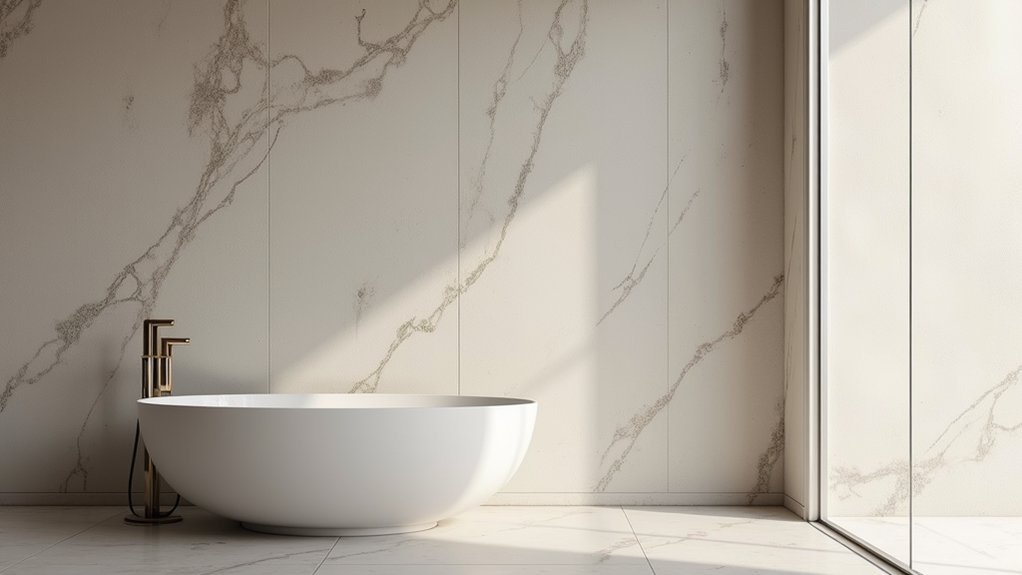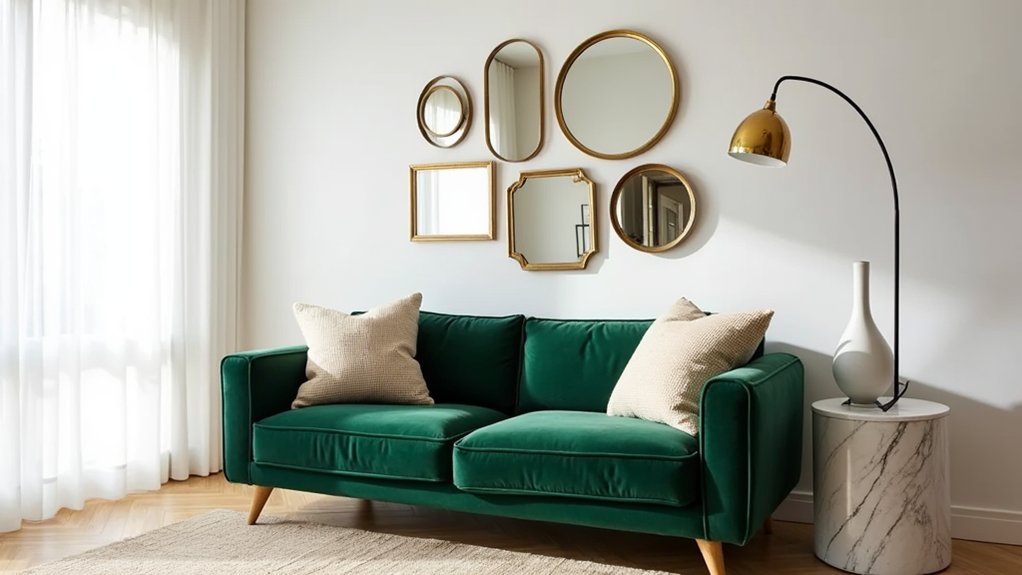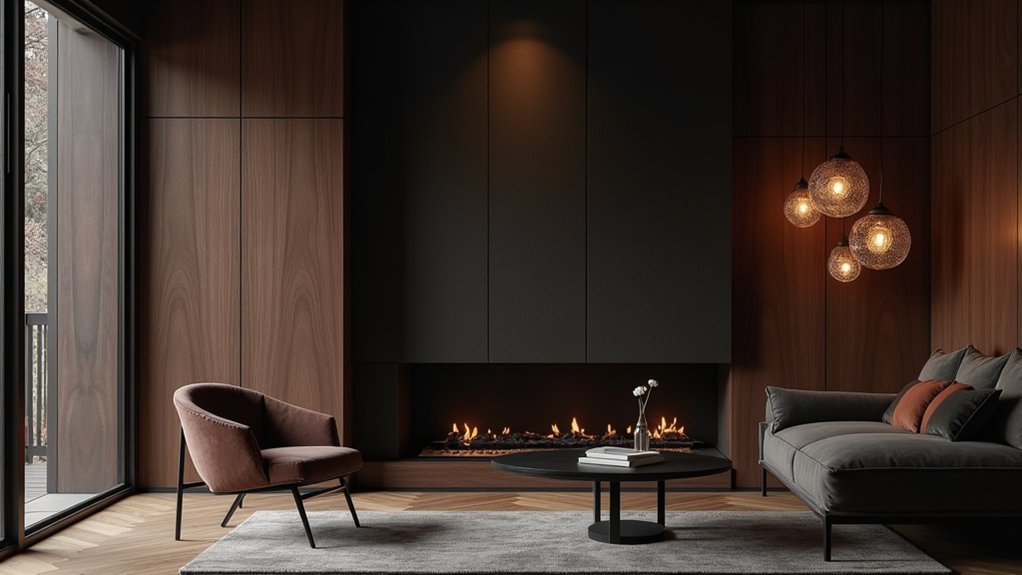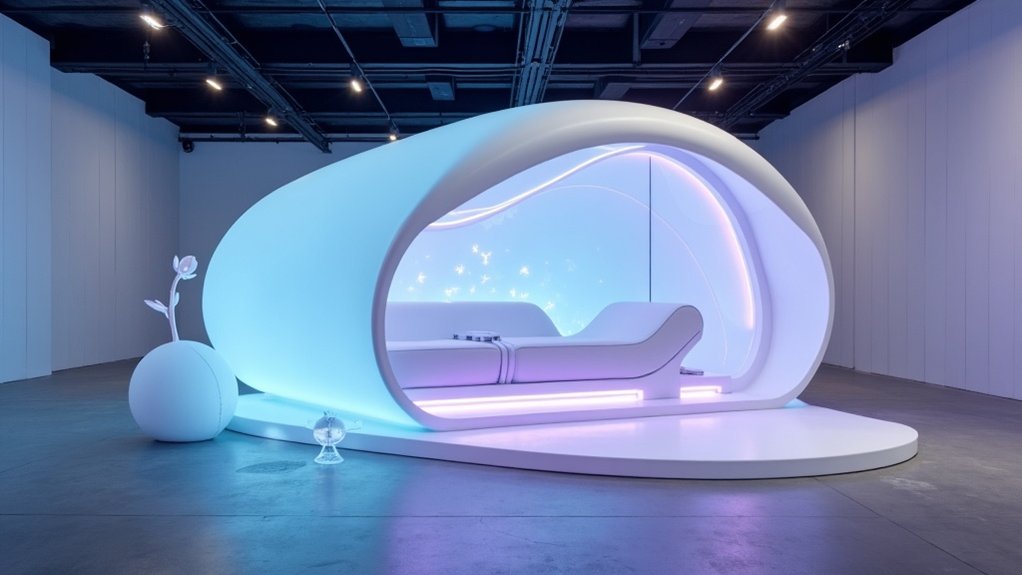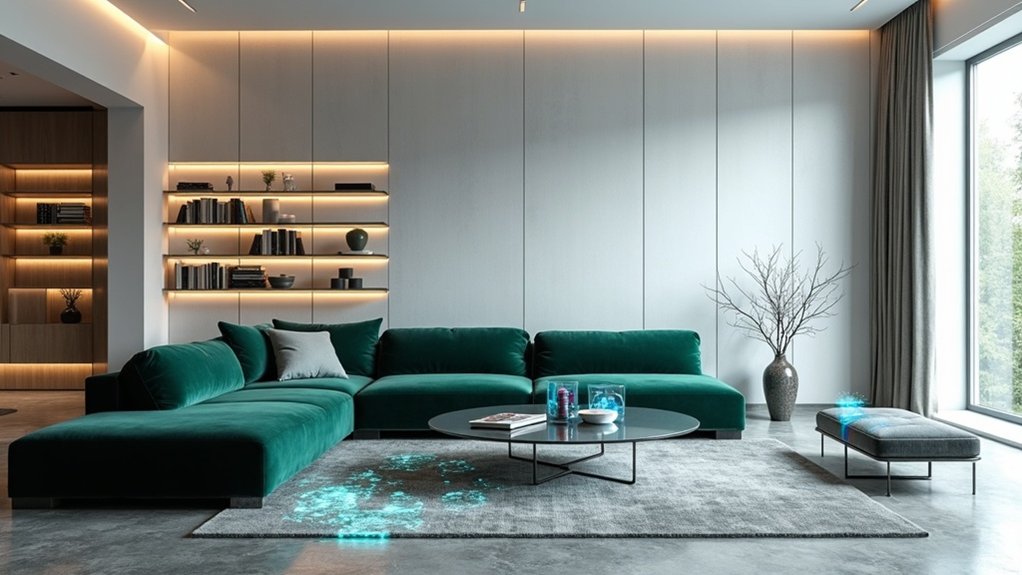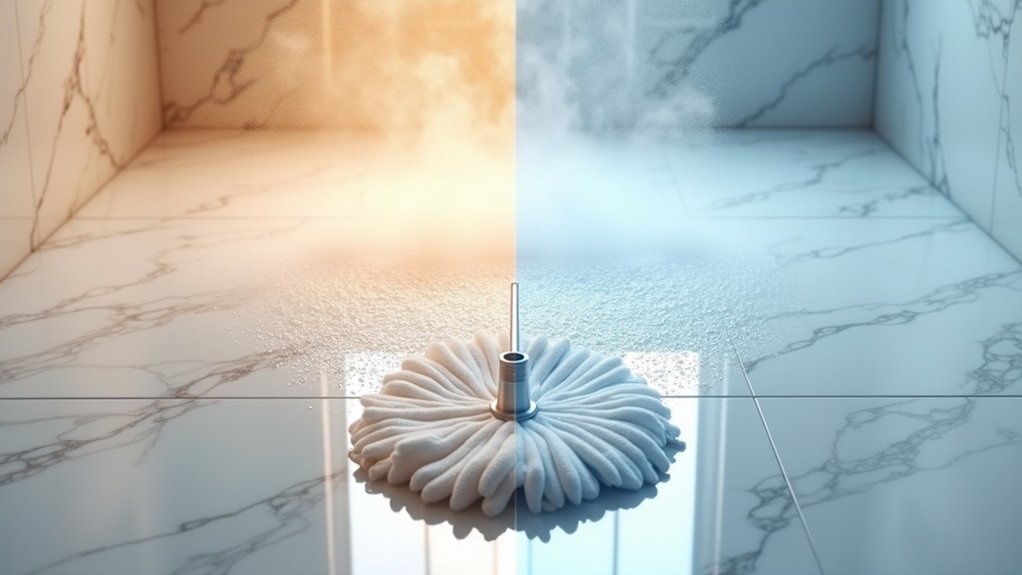While interior design trends come and go, plaster finishes have maintained their charm for centuries, offering a timeless elegance that transcends passing fads. These sophisticated wall treatments introduce rich texture and visual depth that standard paint simply cannot achieve, creating what designers often describe as “quiet drama” in both residential and commercial spaces.
From matte and cloud-like textures to high-gloss, marble-like finishes, plaster’s versatility allows it to improve any aesthetic, from minimalist modern to richly layered traditional interiors. The growing preference for plaster finishes perfectly aligns with the shift toward curved and sculptural elements in 2025’s design landscape, as designers seek to create more wellness-focused aesthetics in their projects.
The enduring appeal of plaster finishes lies not only in their visual impact but likewise in their practical benefits. These finishes demonstrate superior durability compared to conventional paint, with many varieties actually improving with age. The addition of decorative plaster transforms flat surfaces into striking focal points that captivate attention.
Venetian plaster, marmorino, and limewash techniques that originated centuries ago continue to fascinate contemporary designers, who appreciate their ability to maintain and often increase property value over time. The natural materials used in many plaster finishes also contribute to healthier indoor environments, with lime-based options offering breathability and reduced VOC emissions.
The sensory experience of plaster finishes sets them apart in today’s design environment. Their subtle shadow play and movement throughout the day create ever-changing visual interest, while their texture-rich surfaces help diffuse sound and create more comfortable acoustic environments.
Designers are increasingly drawn to plaster’s ability to create sanctuary-like spaces that engage both visual and tactile senses. The wide range of available finishes, from traditional Venetian plaster to modern microcement, allows for precise customization to meet specific design visions.
Market trends indicate a significant shift toward these artisanal finishes, with experts identifying decorative plaster as a leading interior design trend through 2025. This renewed interest reflects a broader movement away from flat, uniform surfaces toward more intricate, character-rich wall treatments.
The combination of aesthetic versatility, sustainability, and longevity makes plaster finishes particularly appealing to designers seeking to create enduring spaces that will remain relevant and beautiful for years to come.
